Matcha cake from one of Japan’s top tea towns has a one-month wait, but is it worth it?【Taste test】
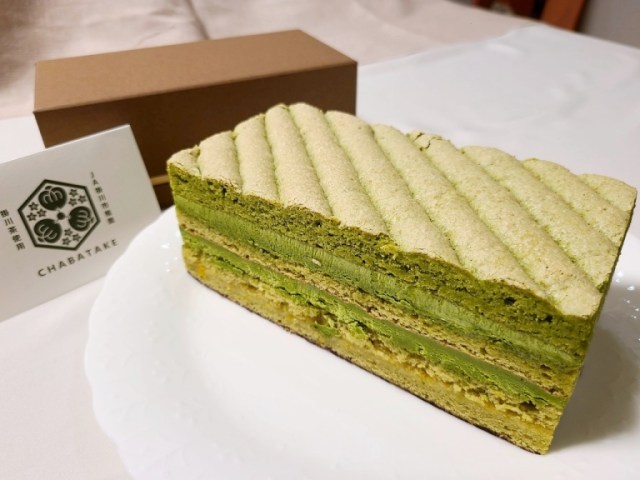
Teen shogi phenomenon Sota Fujii sets off surge in popularity for the Chabatake.
The game of shogi, sometimes referred to as Japanese chess, is a strategic contest. Professional matches involve lengthy pauses between moves, as competitors try to think several moves ahead of their opponent and spectators revel in the dramatic tension swirling underneath the players’ stoic countenances.
And yet, during one of Sota Fujii’s recent matches, many TV viewers were paying attention to what the 19-year-old shogi pro was eating. Because of the cerebral pace of top-level shogi, professional players can enjoy refreshments during their games, and while Fujii played part of Osho tournament inside Shizuoka Prefecture’s Kakegawa Castle, he dined on a green tea cake.
After doing some searching, we found out that Fujii’s dessert is a locally produced sweet called Chabatake, which means “Tea Field,” a nod to the tea farms Kakegawa City is famous for. Armed with this information, we immediately wanted to try it for ourselves, but Fujii, as the youngest five-crown tournament champion in shogi history, has a huge fanbase, and the spike in demand from his on-screen enjoyment of the cake means there’s now a one-month wait for online orders.
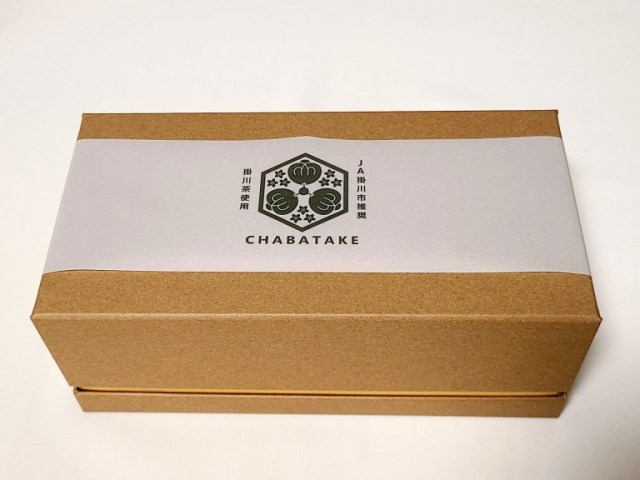
But they say patience is a virtue, and we’re more than happy to be virtuous if we’ll be rewarded with desserts, So we put in our order for our Chabatake, and after weeks of non-stop stomach growling whenever we thought of it, it arrived. Unfortunately, our wait wasn’t quite over. To ensure flavorful freshness, the cake ships frozen, so we couldn’t dig in right away and instead had to let it thaw in the fridge.
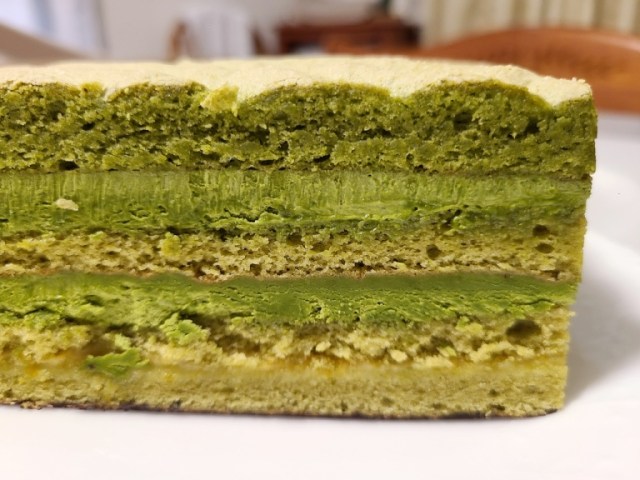
The next day, though, we could finally perform our taste test. First, though, came the visual inspection. The Chabatake is a seven-layer cake, alternating between matcha green tea cream and sponge cake, both flavored with tea leaves grown in Kakegawa. The very top section is a buttery matcha dacquoise biscuit, with its gently contoured texture meant to evoke thoughts of the rows of tea plants growing in Kakegawa’s farms.
There’s also a layer of shiranui mandarin orange confiture preserves, as marked in the photo below, and at the very bottom you’ll find a base made of chocolate.
▼ We hope they remembered to reuse their mandarin orange peels like we did.
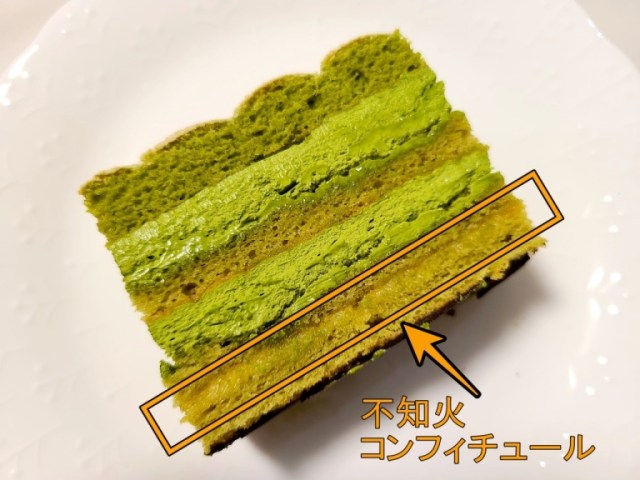
That’s a much more eclectic list of ingredients than we’d imagined from Chabatake’s straightforward name, and the eating experience is correspondingly complex. The dacquoise and chocolate are crisp in texture, contrasting with the moist, pillowy cake and even softer cream. Obviously, matcha is the primary flavor, but the citrusy shiranui confiture keeps the tea from saturating your taste receptors, with a well-timed splash of refreshing tang.
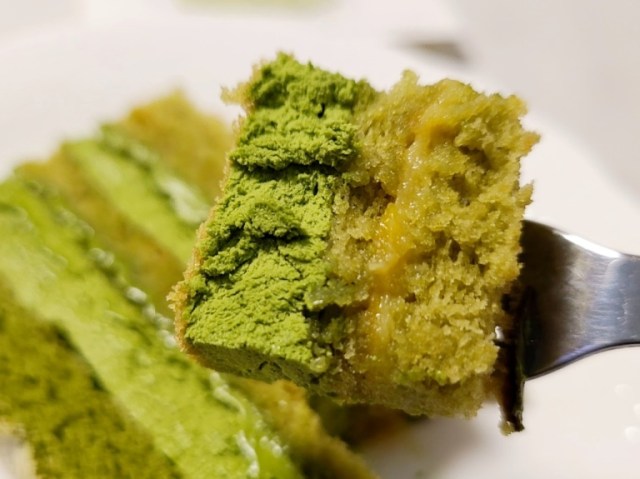
Though Chabatake wasn’t specifically designed for professional shogi players, eating it almost feels like a culinary metaphor for the game. Shogi’s understated, traditional-looking board belies its intricacies, and Chabatake too turns out to have a lot going on beneath the surface too, keeping your taste buds and mental processors engaged.
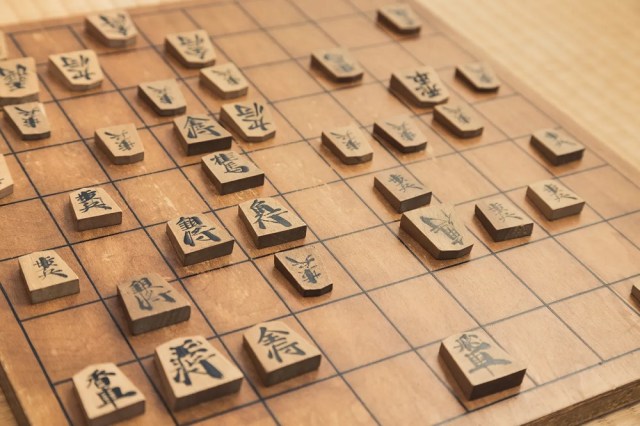
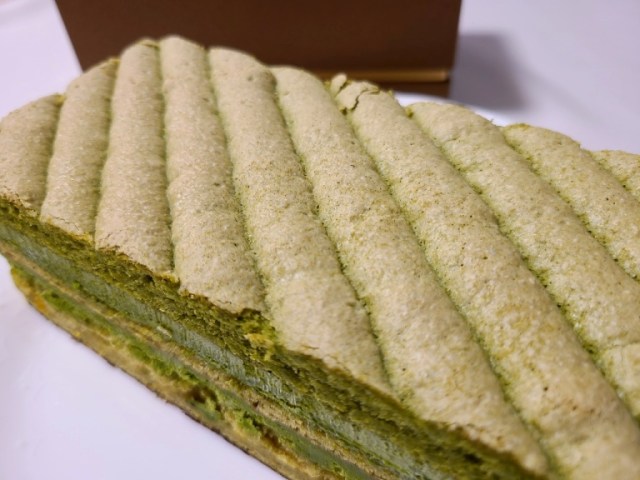
We’re not sure if that refreshing stimulation is what let Fujii stay sharp enough to win his Kakegawa match, but we do know that our Chabatake was worth the one-month wait. If you’re equally willing to be patient, the cake can be ordered for 1,900 yen (US$16.50) here.
Top image ©SoraNews24
Insert images: SoraNews24, Pakutaso
● Want to hear about SoraNews24’s latest articles as soon as they’re published? Follow us on Facebook and Twitter!
Credit:

0 comments:
Post a Comment